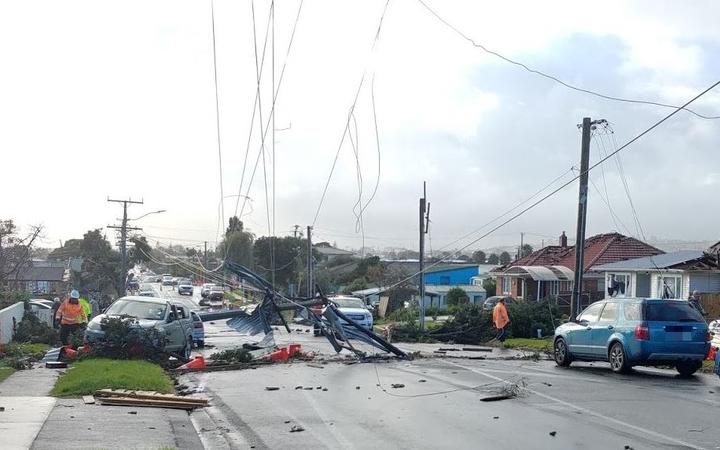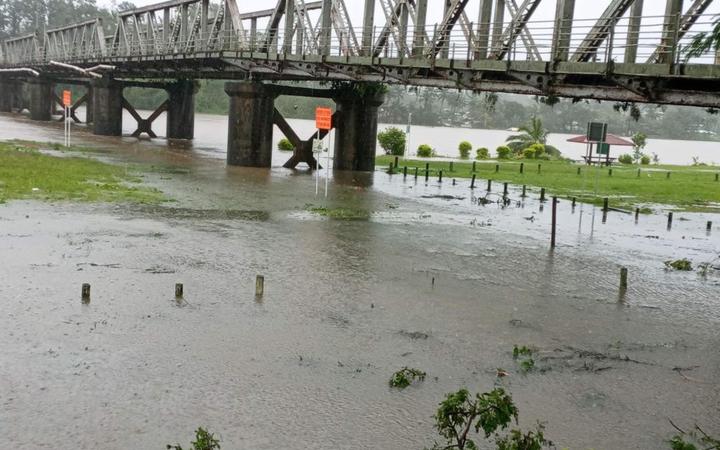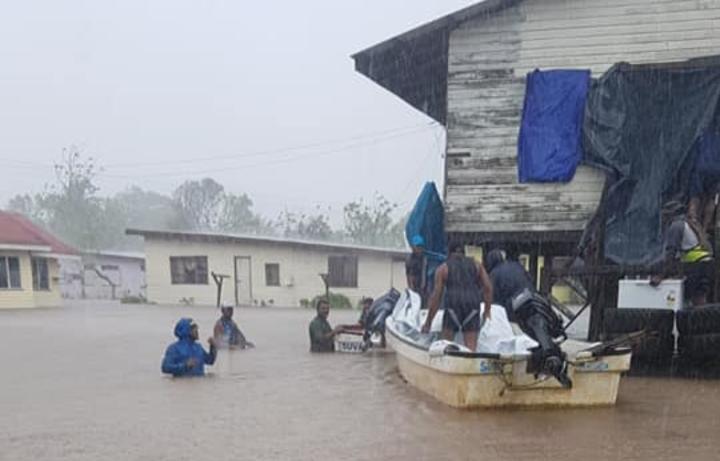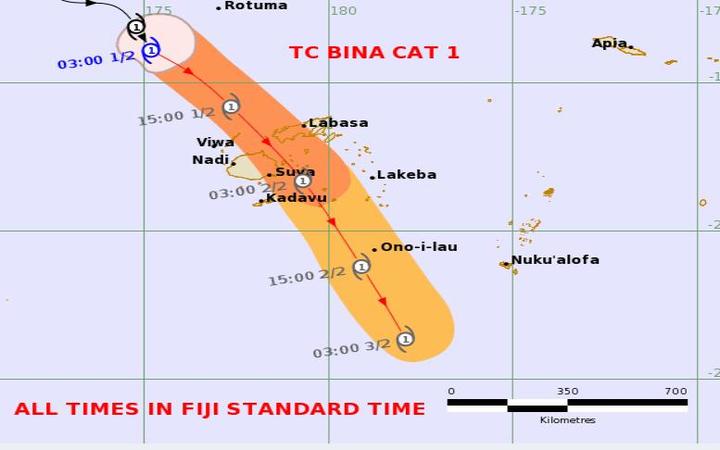 It’s been raining incessantly for three days. It is a cool early morning in the beginning of July and I have just made a cup of coffee. Now an electrical power outage has occurred and so I am sitting in a rocking chair in the semi-darkness savoring my coffee and feeling thankful that I made it in time. I have a close relationship with coffee and the end of night and the break of day. As for time, that is as mysterious to me as the fact that I am sitting here in its embrace. The electric clocks have stopped. I think: To exist – how amazing!
It’s been raining incessantly for three days. It is a cool early morning in the beginning of July and I have just made a cup of coffee. Now an electrical power outage has occurred and so I am sitting in a rocking chair in the semi-darkness savoring my coffee and feeling thankful that I made it in time. I have a close relationship with coffee and the end of night and the break of day. As for time, that is as mysterious to me as the fact that I am sitting here in its embrace. The electric clocks have stopped. I think: To exist – how amazing!
More than the coffee, however, I am luxuriating in the sound of the tumbling rain. Its beautiful music creates a cocoon of peace within which I find temporary joy. The joy of doing nothing, of pursuing no purpose. Of knowing that whatever I do it will never be enough, for me or anyone, and the world will continue turning until time stands still, or whatever time does or is according to those who invented it. I will be gone and others will have arrived and the water will flow from the skies and the clocks will still tell people what they don’t know – time – although they will continue to tell it.
Humans are the telling animals.
A few weeks ago, when this area was in a mini-drought, the local newspaper, in the typical wisdom of such cant, had a headline that said “there is a threat of rain later this week.” They are experts at threats. This is the corporate media’s purpose. Rain is a threat, joy is a threat, doing nothing is a threat, the sun is a threat – but the real threats they conceal. To create fear seems to be their purpose, as they do not tell us about the real threats. Their purpose is not to tell the truth, but if you listen closely you can hear it.
In the middle of the night I woke up to go to the bathroom, and outside the small bathroom window I watched the rain engulfing the lower roof and sluicing down the shingles in two heavy streams. I thought how the desiccated mind of the headline writer must be feeling now, but then I realized that he or she was asleep, as usual. There is a moist world and a dry one, and the corporate media is run by arid souls who would like to make the world a desert like their masters of war in Washington.
Then as I sit here my brief peace is roiled by the memory of reading Tacitus, the Roman historian, and his famous quote of Calgacus, an enemy of Rome:
These plunderers of the world [the Romans], after exhausting the land by their devastations, are rifling the ocean: stimulated by avarice, if their enemy be rich; by ambition, if poor; unsatiated by the East and by the West: the only people who behold wealth and indigence with equal avidity. To ravage, to slaughter, to usurp under false titles, they call empire; and where they make a desert, they call it peace.
I think of former Secretary of Defense Donald Rumsfeld on his recent deathbed. Here was a man whose entire life was dedicated to the American Empire. He spent all his allotted time making war or making money from the spoils of war. He was a desert maker, a slaughterer for the Empire. No doubt he died very rich in gold.
I can no longer hear the rain because my mind is filled with the loud thought of what Rumsfeld thought as he lay dying. Was he sorry? Did he believe in God or was his god Mars, the Roman god of war? Did he smile a bloody smile or say he was sorry and beg for forgiveness from all his innocent victims? Did he see the faces of the children of Iraq that he slaughtered? Or did he pull an Eichmann and say, “I will leap into my grave laughing”?
Your guess is as good as mine, but mine leans toward the bloody smile of a life well spent in desert making. But that is a “known unknown.”
Rolling thunder and a lightning strike in the east jolt me back from my deaf dark thoughts. The sound of the rain returns. The coffee tastes great. Peace returns with the unalloyed gift of the ravishing rain.
Yet the more I sit and listen and watch it soundly stipple the garden and grass, the more thoughts come to me, as my father once told me: Thoughts think us as much as we think thoughts. It’s what we do with our thoughts that count, he said, and like lightning, if we don’t flash when we are given the gift of life, when we’re gone, it will be as if we never were, like the lightning before it flashed.
Thomas Merton’s prophetic words from his hermitage in the Kentucky woods in 1966 think me:
Let me say this before rain becomes a utility that they can plan and distribute for money. By ‘they’ I mean the people who cannot understand that rain is a festival, who do not appreciate its gratuity, who think that what has no price has no value, that what cannot be sold is not real, so that the only way to make something actual is to place it on the market. The time will come when they will sell you even your rain. At the moment it is still free, and I am in it. I celebrate its gratuity and its meaninglessness.
There are moments in many lives when, if one is lucky, they are initiated into a ritual that sustains them throughout life. To others these experiences can easily seem paltry and meaningless, but to the receiver they offer a crack into deeper dimensions of being and becoming. For me it was my introduction to coffee during a hurricane.
My father had driven my mother, three of my sisters, and me to Jones Beach on Long Island. This was before people checked the weather every minute. The sky in the southwest grew darker as we drove, but on we went. The beach was deserted except for some gulls and the parking lot empty. My father parked the car close to the beach and while my sisters and mother sat in the car, and my mother, listening to the weather reports, issued warnings to us, my father and I ran like wild dogs into the heavy surf despite her admonitions that the hurricane from the south was arriving sooner than expected. It started to rain hard. The surf picked up. We swam and got battered and shouted exultantly and came out shaking with the chills. A pure white sea gull landed on my wet head and my father laughed. Awe-struck, I stood stock still and my shaking stopped. In its mouth the sea gull held a purple ribbon, which it dropped at my feet as it flew off. I grabbed the ribbon and we jogged up to the concession building where there was one man working. My father ordered coffee and a hot chocolate for me. But they had run out of hot chocolate. So my father ordered two coffees and filled mine with three or four sugars. I had never sampled coffee and didn’t like the smell, but my father said to drink it, with the sugar it will taste good and it will warm you up. It strangely tasted like hot chocolate. We toasted our adventure as I drank my Proustian madeleine at eleven-years-old.
I had put the ribbon on the counter as we drank. When we were going back to the car, I noticed there were words on the ribbon. They said: Rest in peace. I have long lost the ribbon but retain its message.
So now every morning between the end of night and the break of day, I sit with my coffee and listen. And even when it isn’t raining, I watch the birds emerge from their nightly rests to greet the day with their songs. They tell me many things, and they are all free.
This morning I am wondering if Donald Rumsfeld ever heard them.
I suspect their message was an “unknown unknown” for him, just like the gift of rain. He preferred the rain of death from the skies in the form of bombs and missiles. He was only doing his job.
He made a desert and called it peace.
The post Drinking Coffee in the Early Morning Rain and Thinking of Donald Rumsfeld first appeared on Dissident Voice.
This content originally appeared on Dissident Voice and was authored by Edward Curtin.
This post was originally published on Radio Free.





 A photo taken by the Red Cross of damage to a house on Vanua Levu after the cyclone moved south. Image: RNZ/AFP/Red Cross
A photo taken by the Red Cross of damage to a house on Vanua Levu after the cyclone moved south. Image: RNZ/AFP/Red Cross (@kkufijimusic)
(@kkufijimusic)  combined with
combined with  . While it appears
. While it appears